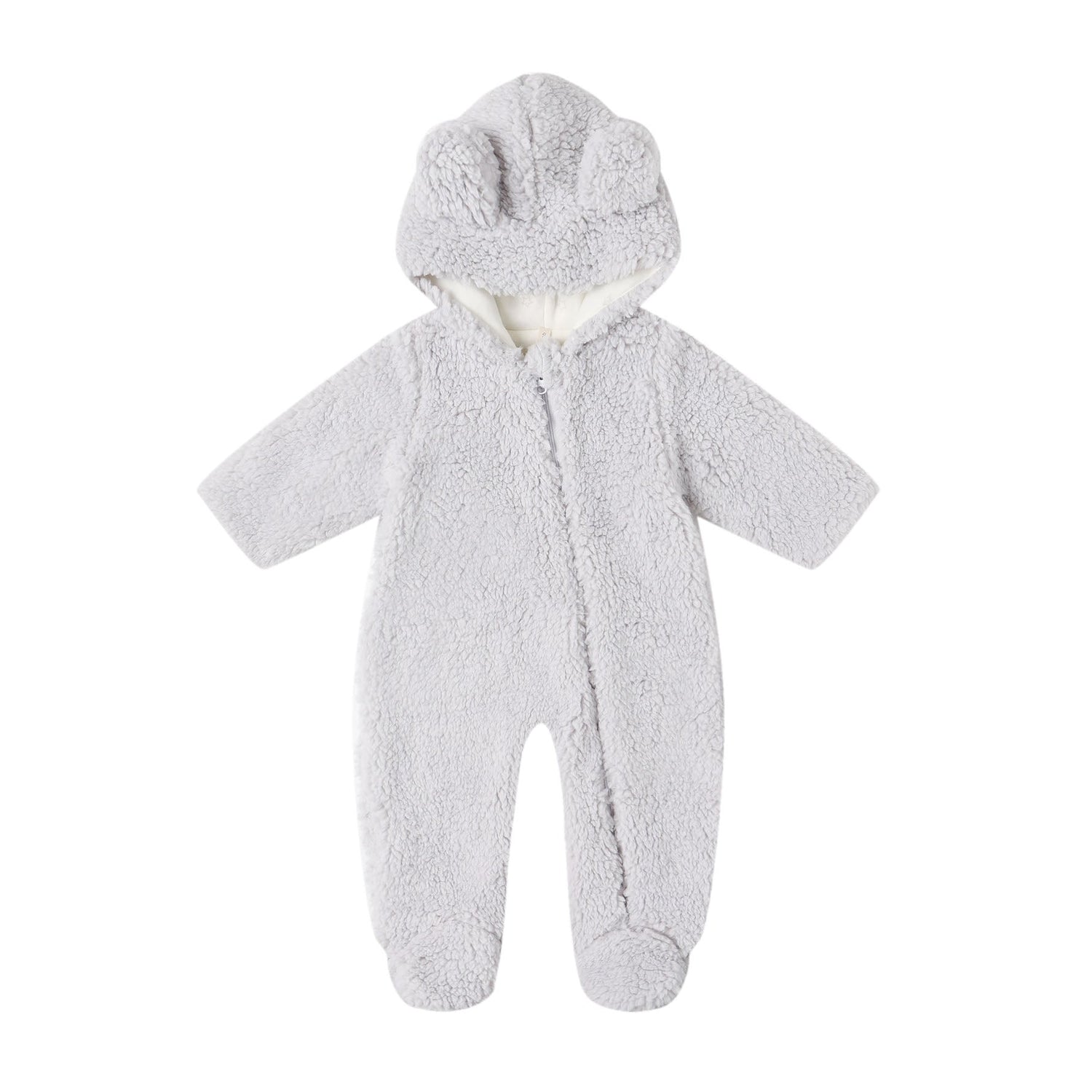Question: How do I know when my breastfeeding baby is full?
Answer:
-
Baby seems satisfied.
-
Baby is having at least six wet diapers a day after your milk has come in (first month recommendations). Around 3 stools a day is also normal.
-
Your breasts feel lighter and softer rather than still firm and heavy.
Breastfeeding is wonderful and natural, but can also have a steep learning curve. I know it turned out to be harder in some ways than I expected, and there's a lot you may not know your first time around. Especially if you're breastfeeding AND bottle feeding, it might be hard to tell when baby is full.
Confirming that baby is "full"
Every mama wants their baby to get the nutrients he or she needs. It's also somewhat difficult, or even impossible, to tell how much milk baby is actually getting when it's coming straight from your breast. Here are some basic things to look for that confirm a full breastfeeding baby versus a hungry one:- Baby seems satisfied. A full baby will stop hunger cues, such as touching their mouth with their hands, acting fussy and stressed, and rooting. When your baby is relaxed and satisfied, he'll usually just pull off the breast.
- Baby is having at least six wet diapers a day after your milk has come in (first month recommendations). Around three stools a day is also normal. What goes in must come out, so this is the easiest way to gauge.
- Your breasts feel lighter and softer rather than still firm and heavy.
These are just the basic signs to watch for, but overall, a hungry baby will let you know they are hungry by communicating in the only way they know how: crying. As your baby continues to gain weight (aside from the initial weight loss in the first week after birth), you'll know he or she is getting everything they need. If you breastfeed and bottle feed, your baby may experience some nipple confusion. And even though you'll be able to tell how much babe is eating from the bottle, it may still be hard to know how much is actually coming from breastfeeding. To avoid nipple confusion, use bottles like the Comotomo bottles. When using a bottle that prevents nipple confusion, you should be able to follow the same signs as above for making sure babe is full.
Signs your baby isn't getting enough
There are several obvious signs when baby is still hungry:- Rooting
- Fussing and crying
- Opening the mouth and putting his/her hands to the mouth
- Fussy or lethargic baby
- Dry mouth and eyes
- Firm breasts after feedings
- Less wet diapers the color of apple juice and small dark stools
If baby isn't getting what she needs, she'll also continue to lose weight after birth, which is something your pediatrician will immediately notice. Problems from not getting enough milk (aside from a very unhappy baby) include dehydration and failure to thrive. If you're having doubts about your baby getting enough breast milk, talk to your pediatrician and consult with a lactation specialist; a service most hospitals offer.
Stay alert, but don't worry too much
Covered Goods Multi-Use Nursing Cover - Mismatch
It's so easy to overthink every little thing in those first few weeks, so take it easy on yourself. There's a wide range of what's considered normal with how often your baby feeds, and some women take longer than others to develop a full supply of breastmilk (it took me about two weeks). Also, my baby was ravenously hungry from birth. Because of this, I was always breastfeeding in public with the help of a trusty cover--otherwise I wouldn't have been able to go anywhere! The AAP recommendation is that baby should be feeding every 2-3 hours or 8-12 times each day for the first couple months. If your baby lets you know that more or less often than the recommendation is fine, trust your instincts. As long as there are plenty of wet/soiled diapers, and baby is happy and gaining weight, you're doing just fine!








